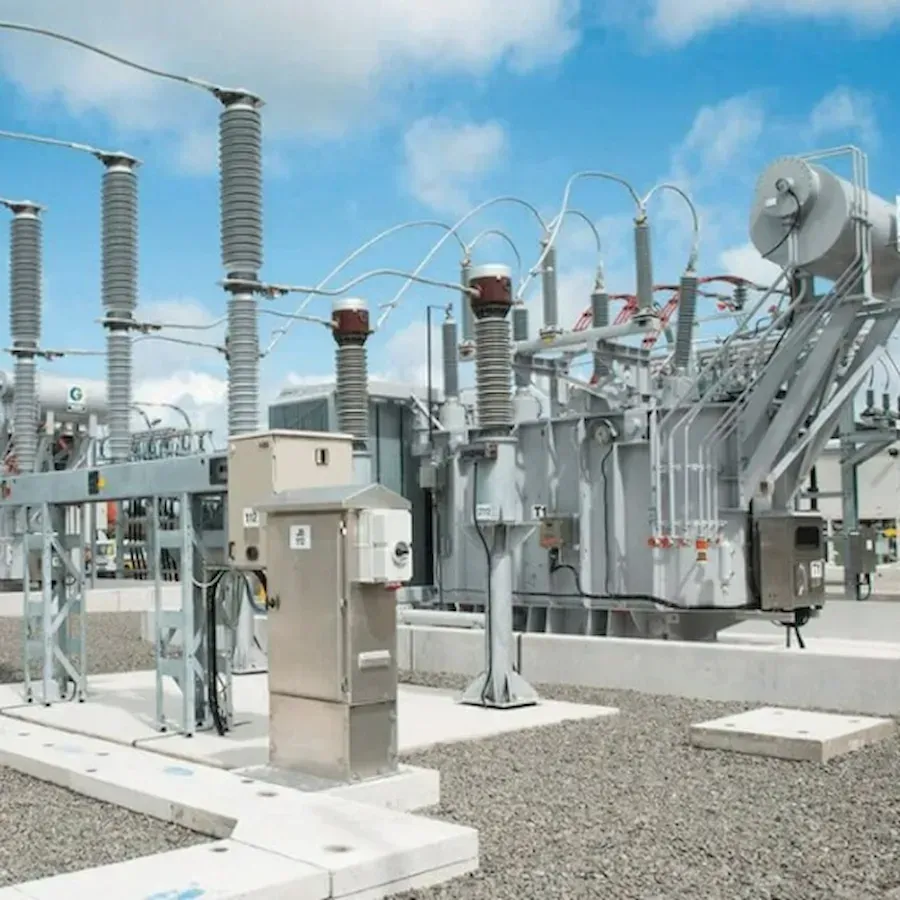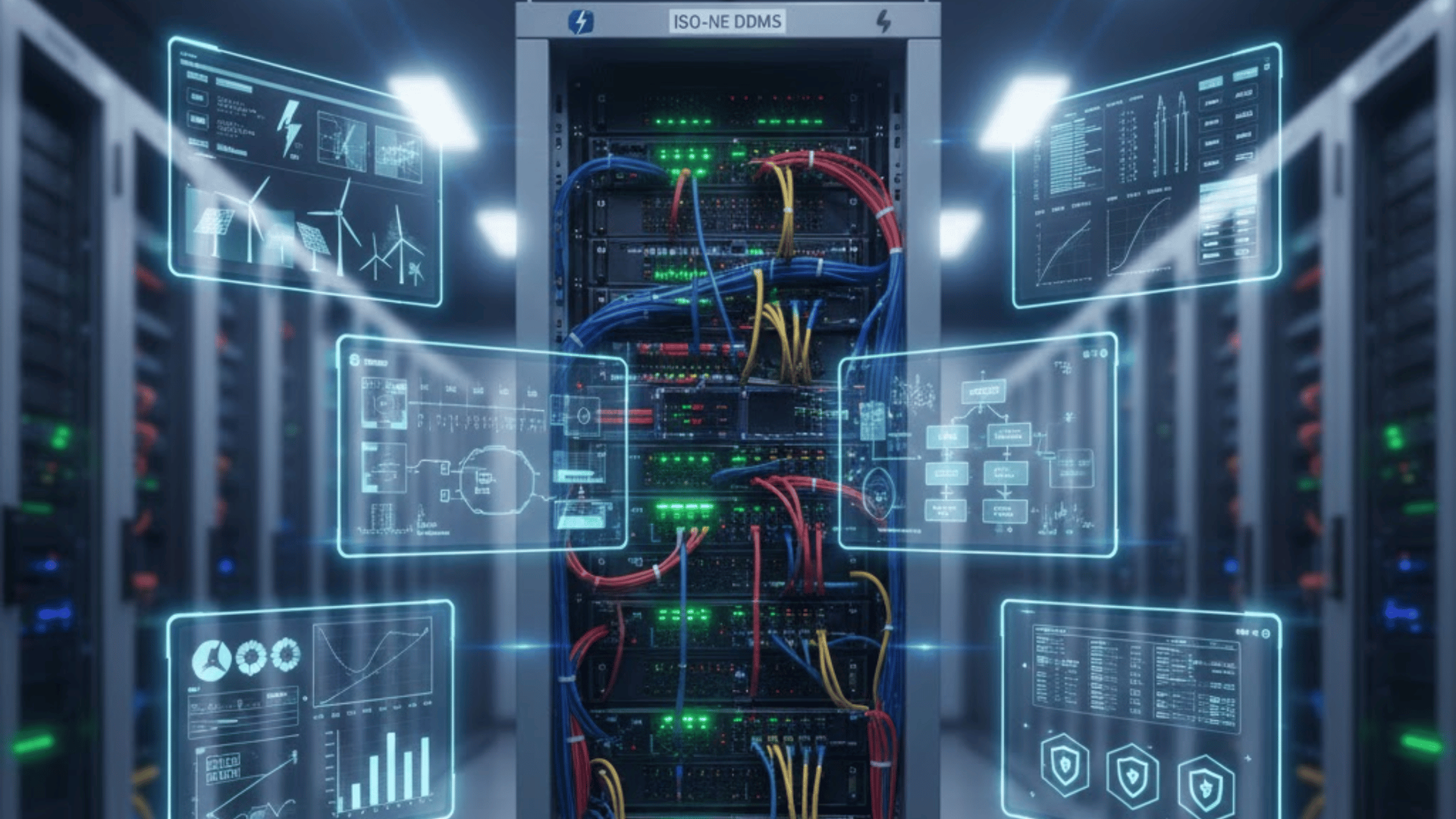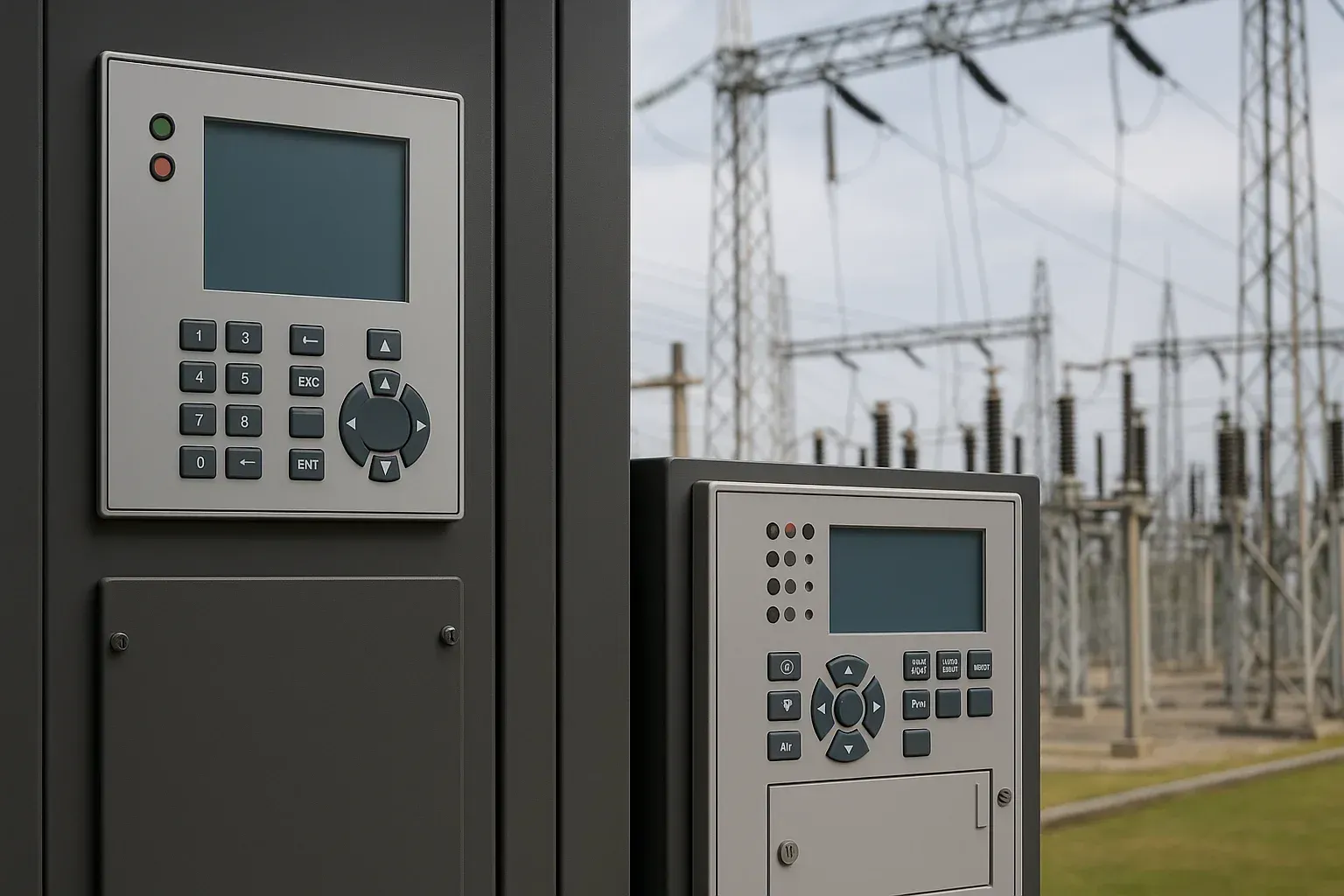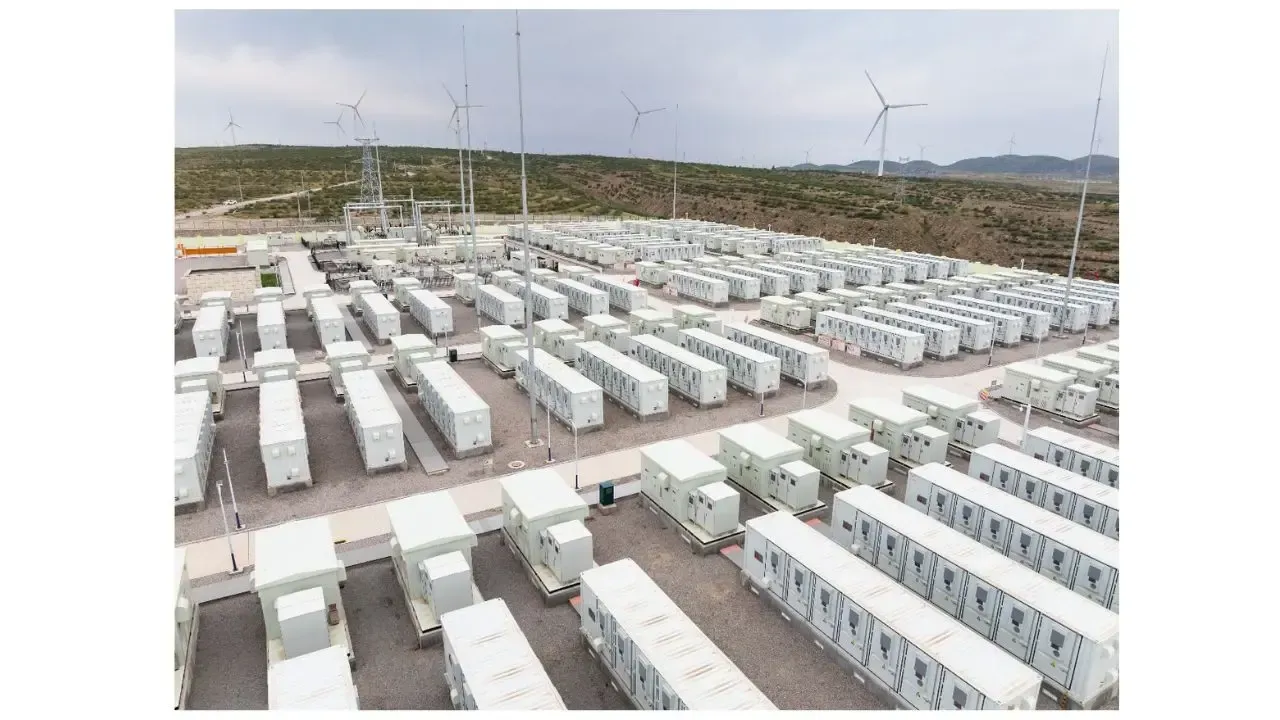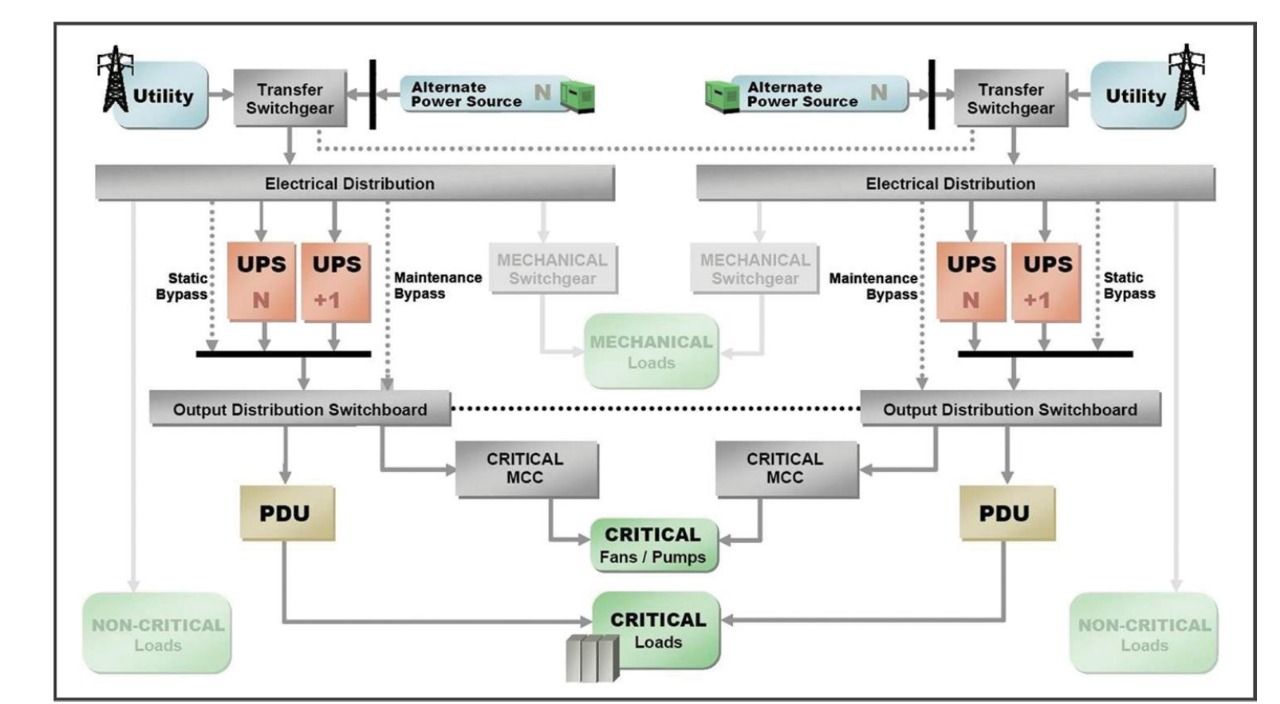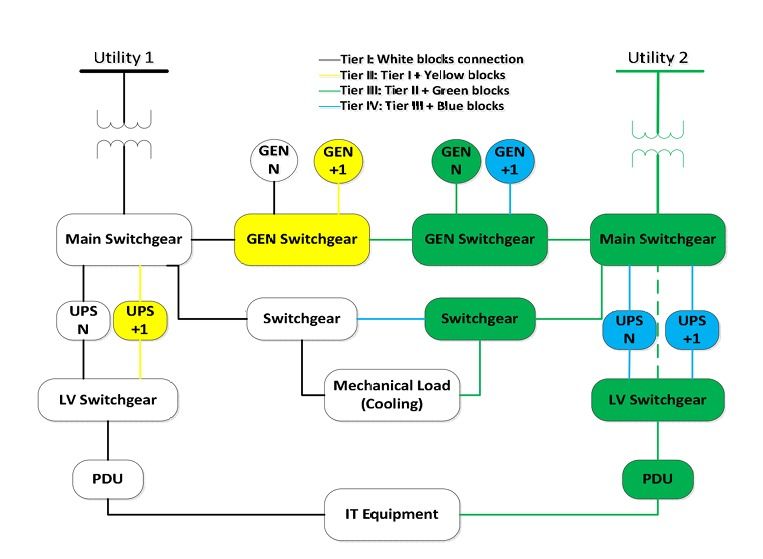A Coordinated Electric System Interconnection Review—the utility’s deep-dive on technical and cost impacts of your project.
Challenge: Frequent false tripping using conventional electromechanical relays
Solution: SEL-487E integration with multi-terminal differential protection and dynamic inrush restraint
Result: 90% reduction in false trips, saving over $250,000 in downtime
ERCOT NOGRR-245 Compliance: DocuSign Template & Ride-Through Capability Review
April 13, 2025 | Blog
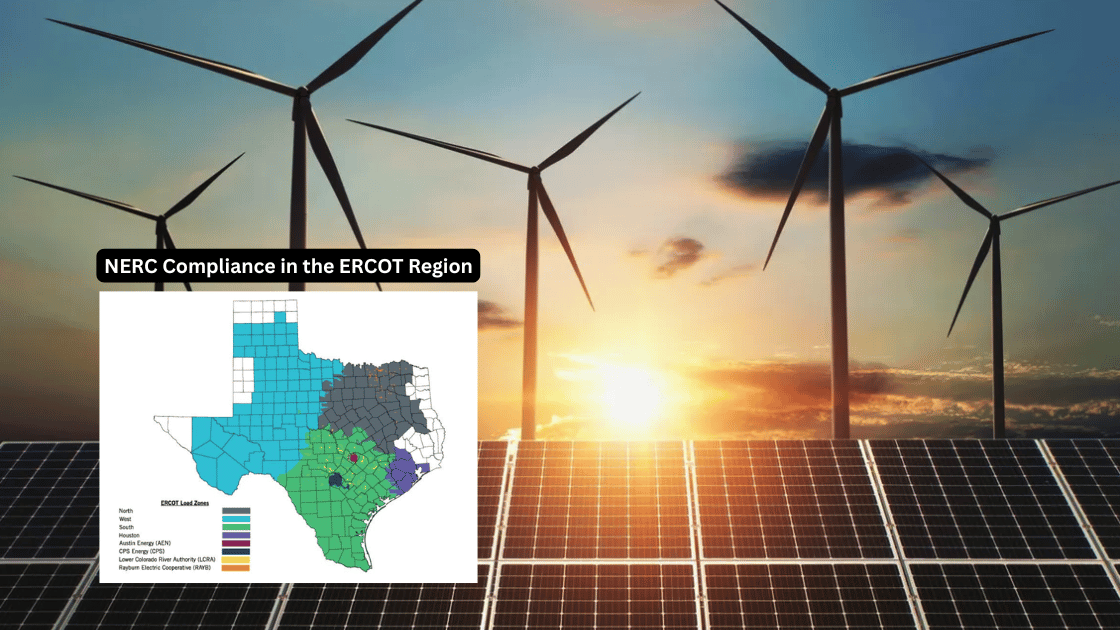
As part of ERCOT’s continuing effort to ensure grid stability and the integration of inverter-based resources (IBRs), the NOGRR-245 compliance initiative has introduced a detailed DocuSign-based template to standardize and document each resource’s ride-through compliance for both frequency and voltage events. This article provides a breakdown of the workshop’s focus areas, including key compliance requirements, certification attestations, and documentation expectations.
Frequency Ride-Through Capability
ERCOT requires that all IBRs maximize their frequency ride-through capability to the fullest extent possible. This includes:
- Updating software, firmware, settings, and parameterization.
- Reporting changes made and the date of implementation.
- Attesting whether further physical equipment modifications were made.
- Submission of a frequency ride-through curve (0–600 seconds) to demonstrate compliance with Nodal Operating Guide (NOG) Section 2.6.2.1.
Operators must also confirm their ability to meet the minimum ride-through standards in effect as of May 1, 2024, and submit an Initial Frequency Ride-Through Capability Report if they fall short.
Voltage Ride-Through Capability
Similar to frequency, the voltage ride-through requirement compels resources to optimize software and equipment settings. Operators must:
- Certify that their settings are maximized.
- Submit voltage ride-through capability curves, including overvoltage behavior for IEEE 2800-2022-compliant resources.
- Confirm compliance with NOG Sections 2.9.1.1 and 2.9.1.2, or submit the Initial Voltage Ride-Through Capability Report.
Technical validations also include evaluations of phase angle jumps, over-voltage protection time delays, and whether rate-of-change measurements could trigger a trip.
IEEE 2800-2022 Performance Standards
Resources must meet the performance expectations outlined in IEEE 2800-2022 Sections 5, 7, and 9, including:
- Injection of negative-sequence current for unbalanced faults.
- Current blocking behavior, with mandated restart timelines of ≤5 cycles.
- Ride-through performance during ROCOF (Rate of Change of Frequency) and phase angle jump events.
- Documentation of consecutive voltage deviation capabilities.
For operators navigating ERCOT NOGRR-245 compliance, early preparation is critical. Data accuracy, OEM coordination, and proper formatting in the DocuSign template can determine whether ERCOT accepts your submission without delays. Missing technical data, providing generic ride-through information, or failing to reflect Point of Interconnection performance are common causes for rejection. If you’re unsure about your submission readiness, our ERCOT NOGRR245 Compliance Services can help you complete every step—from capability modeling to exemption form preparation.
Frequently Asked Questions (FAQ)
I. Applicability & Scope
Does NOGRR245 apply to Type 3 wind projects undergoing repower?
Yes. Type 3 WGRs are considered inverter-based resources (IBRs). If modifications under Planning Guide Sec. 5.2.1(1)(c) are fully implemented by 1/1/2028, they only need to meet NOG 2.9.1.2 VRT requirements but must still maximize capability. If not completed by 1/1/2028, NOG 2.9.1.1 applies.
Does NOGRR245 apply to my solar PV project (Type 1 IBR)?
Yes. Type 1 PV projects are considered IBRs under ERCOT’s definitions and are subject to the same requirements.
What is the difference between Type 1, 2, and 3 WGRs?
- Type 1: Directly-connected induction generators (not IBRs)
- Type 2: Induction generators with external resistance (not IBRs)
- Type 3: Doubly fed induction generators (considered IBRs)
What Resources are subject to NOGRR245?
All IBRs, Type 1 and Type 2 WGRs, regardless of SGIA date, must comply with the relevant sections of the NOG and IEEE 2800-2022, and maximize performance consistent with Good Utility Practice.
II. Model Requirements & Testing
When must models be updated to reflect NOGRR245 requirements?
Updates submitted after 10/1/2024 must include model quality tests per DWG Procedure Manual Section 3.1.5.
What tests or simulations are required to demonstrate compliance?
While ERCOT does not require specific simulations for every requirement, submitted models must accurately reflect actual or anticipated plant performance. Simulation-based validations are recommended but not strictly mandated.
What models must be submitted by 4/1/2025 if filing IFRTCR or IVRTCR?
Pre- and post-maximization versions of PSSE, TSAT, and PSCAD (if applicable). PSCAD is not required unless it was previously mandated.
Do balance-of-plant relays need to be modeled?
Yes, if they affect ride-through performance during system disturbances.
III. Compliance Deadlines & Extensions
What is due by April 1, 2025?
• Submit IFRTCR or IVRTCR if your Resource cannot meet the respective NOG requirements by 12/31/25.
• Request extensions or exemptions as needed per Section 2.12.
What must be completed by December 31, 2025?
- Maximize FRT and VRT settings
- Meet applicable IEEE 2800-2022 Sections 5, 7, and 9
- Submit all accurate models and performance attestations
What happens if a project fails to complete modifications by 1/1/2028?
It must then comply with IEEE 2800-2022 full performance requirements and NOG 2.9.1.1, losing eligibility for legacy exceptions.
IV. Special Scenarios
If my project has an SGIA signed before 8/1/24 but amended after, which date applies?
The original SGIA date remains valid. Amendments do not reset compliance timelines.
Does meeting legacy requirements suffice for compliance before 2028?
Only if the project maximizes its ride-through capability. Minimum settings alone do not suffice.
For hybrid projects (solar + BESS), which test cases are required?
All relevant operational modes must be tested. At minimum, maximum injection and withdrawal scenarios are required.
V. Attestations & Reporting
Is attestation via DocuSign enough, or is a full simulation report required?
Attestation is required. Full simulation reports are not, but accurate models and supporting documentation must be maintained.
What if my Resource’s pre- and post-maximization settings are the same?
That’s acceptable if justified. The Resource must demonstrate those settings already reflect maximum performance consistent with Good Utility Practice.
VI. Key Resources & Guidance
- DWG Procedure Manual
- Model Quality Guide
- May 1, 2024 NOG Version
- ERCOT Market Rules
Read More

About the Author:
Sonny Patel P.E. EC
IEEE Senior Member
In 1995, Sandip (Sonny) R. Patel earned his Electrical Engineering degree from the University of Illinois, specializing in Electrical Engineering . But degrees don’t build legacies—action does. For three decades, he’s been shaping the future of engineering, not just as a licensed Professional Engineer across multiple states (Florida, California, New York, West Virginia, and Minnesota), but as a doer. A builder. A leader. Not just an engineer. A Licensed Electrical Contractor in Florida with an Unlimited EC license. Not just an executive. The founder and CEO of KEENTEL LLC—where expertise meets execution. Three decades. Multiple states. Endless impact.
Services

Let's Discuss Your Project
Let's book a call to discuss your electrical engineering project that we can help you with.

About the Author:
Sonny Patel P.E. EC
IEEE Senior Member
In 1995, Sandip (Sonny) R. Patel earned his Electrical Engineering degree from the University of Illinois, specializing in Electrical Engineering . But degrees don’t build legacies—action does. For three decades, he’s been shaping the future of engineering, not just as a licensed Professional Engineer across multiple states (Florida, California, New York, West Virginia, and Minnesota), but as a doer. A builder. A leader. Not just an engineer. A Licensed Electrical Contractor in Florida with an Unlimited EC license. Not just an executive. The founder and CEO of KEENTEL LLC—where expertise meets execution. Three decades. Multiple states. Endless impact.
Leave a Comment
We will get back to you as soon as possible.
Please try again later.
Related Posts


